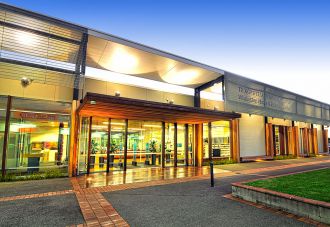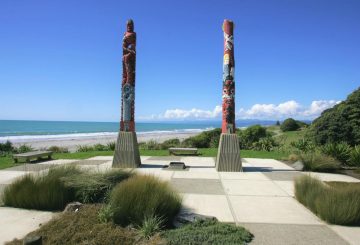Kawerau District Council, Whakatāne District Council and Ōpōtiki District Council are currently reviewing the Eastern Bay of Plenty Local Alcohol Policy and the public are asked to provide their thoughts on the policies.
Local Alcohol Policies (LAPs) are one of the tools available to councils under the Sale and Supply of Alcohol Act 2012. LAPs are a set of rules and policies about the sale and supply of alcohol in our area.
Ōpōtiki’s Deputy Mayor, Shona Browne said that it allows the eastern Bay of Plenty to set standards that work for local communities.
“The Act sets minimum standards – things like legal drinking ages and who can sell liquor and so on. But a LAP is our way of making sure local rules and policies reflect what our community wants to see happening here in the Eastern Bay.
“Many people enjoy a drink from time to time and they drink responsibly. But there is absolutely no doubt that alcohol causes harm in our society and you can read more about that in the research report that sits behind the draft LAP. Our policy is a way to balance responsible sale and supply of alcohol while reducing the harm that alcohol causes.
“Which is why we want public feedback on the changes to the LAP – to make sure we got the mix right,” Ms Browne said.
Councillor Warwick Godfery from Kawerau District explained the key changes from the 2016 to the current one including some definition changes like extending the definition of ‘sensitive sites’ to include primary and secondary schools, childcare facilities, children’s playgrounds, places of worship, marae, and medical centres.
“The main changes between our previous LAP and the current proposal are about clarifying and simplifying the wording and making sure it is clear the sorts of conditions that can be imposed on licences. The draft also aligns the three districts in terms of opening hours and other provisions.
“Possibly the most significant change in the LAP is that applications for new on or off licences must be for a premise located in a zone designed for commercial or business activities under the relevant District Plan,” Mr Godfrey said.
Dr Victor Luca, Whakatāne Mayor emphasised that all community feedback is valuable and that even a short statement for or against the proposals was useful.
“I know just how busy everyone is at the moment and I also know that those with an interest in this area will make sure they add their voices to the mix. But there might be people out there, parents of school children or those living close to off-licence premises who might just want to give a brief statement on whether these policies go far enough or too far. We would like to hear from everyone.
“There is one difference that Whakatāne has asked to consult on and that is aligning the opening hours for supermarkets with other off-licence premises. We want to see what the community thinks about that,” Dr Luca said.
Feedback from all three districts will be processed together so hard-copy forms can be dropped off at services centres in Ōpōtiki, Whakatāne or Kawerau. You can also provide feedback online, by email or in the post. More details including the process for hearings, details on the LAP and how to make a submission is now available on all Eastern Bay council websites.




















































